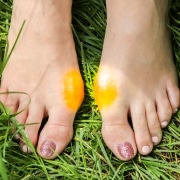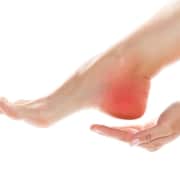Who is most at risk for heel pain issues?
While anyone can face problems with heel pain, specific individuals seem to have more problems than others. If you ever suspect you need heel pain treatment in Austin, TX, it may be worth looking at your personal risk factors so you know what to expect going forward. Check out who is most at risk of dealing with heel pain at some point in their life.
Physically Active Individuals
Certain activities put a great deal of stress on the heel, as well as the ligaments and surrounding tissues. Runners, dancers, and people who do a lot of aerobics or jumping can be especially prone to heel pain. Certain sports are also related to a heightened risk of heel pain, such as people who play basketball or soccer.
People Who Spend a Lot of Time Standing
Long hours on your feet can make you more likely to have stress pain in your heels. While wearing good shoes and supportive orthotics can make a difference, it is common for individuals that stand for work to have problems.
Individuals Who Are Overweight
Plantar fasciitis is one of the most common causes of severe heel pain, and this condition is most likely to affect people who are overweight. Carrying extra weight puts a lot of strain on the primary ligaments that support the heel when you take a step. Over time, stress injuries to the plantar fascia leading to inflammation and ongoing pain.
Are you looking for heel pain treatment in Austin, TX?
Heel pain can make it really difficult to maintain an active lifestyle. Thankfully, an Austin, TX, podiatrist may have treatment options that can help. Reach out to the office of Dr. Jeffery Lamour, DPM, PA, to schedule an evaluation today.








